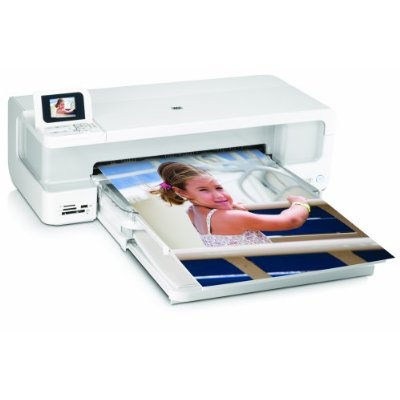
:max_bytes(150000):strip_icc()/01LW2768866_06-aa906c8466454491bec8dcef4fcd6779.jpg)
The larger 78 models are floor-standing rather than desktop, and larger than most people have room for at home or in a small studio.
13X19 PRINTERS REVIEWS PRO
In the Epson line the Pro 4800 model has been one of the most popular among photographers. HP has been able to develop long lasting dye-based inks, (but only when used with their proprietary glossy and luster finish swellable media papers), and has not had anything like the market penetration of Epson among fine art photographers. Yes, HP and Canon have had some decent printers, but in this market segment none used pigment-based inks.
13X19 PRINTERS REVIEWS PROFESSIONAL
This is both expensive (about $75 each time ($150 round trip)) and time consuming.Īs we’ll now see, Canon has directly targeted this weak-spot in the Epson 4800’s nature.Įpson deserves credit for almost single handedly moving desktop fine art printing for photographers from hobbyist toy to professional tool.

The bad news was that now it was necessary to swap black ink cartridges every time paper types were changed between matte and glossy. The good news was the addition of this third black ink effectively eliminated bronzing (along with reformulated colour inks), and also increased the printer’s ability to produce very neutral B&W prints. When the 4800 came out, it used the same 8 ink chassis, except that Epson dropped the ability to house both glossy and matte black ink at the same time, and added a Light / Light black instead.

This was largely solved with K3 inks, but this needed the new 4800 model to use them. But, glossy prints suffered from bronzing. It had eight ink slots, used pigment inks, and had three different blacks, all of which were housed at the same time. The 4800’s predecessor, the 4000, was only on the market for a brief time, but it captured many photographers’ interest. A Short DigressionĪt the risk of boring some readers I’d like to comment on how Epson got itself into the pickle of needing to switch inks on the 4800 (and the 78 printers, for that matter). And therein lies a tale, which we’ll get to shortly. The reason is that either glossy (photo) black or matte black can be used at any one time. That printer (and its larger siblings) provide an 8 ink system cyan, magenta, yellow, light cyan, light magenta and three different blacks – photo black, matte black, light black, and light light black. Epson’s current K3 ink set as used in the Epson 4800has, till now, been the pinnacle of the revolution in fine art inkjet printing. Part of this advance in technology was due to the introduction of the latest generation of pigment-based inks possessing a colour gamut comparable to that of dye-based inks. C prints using Fuji Crystal Archive, and Cibachrome / Ilfochrome, much vaunted in the past for their longevity, are lucky to reach half that value. Inkjet prints have gone from being ephemeral – fading and discolouring in a matter of months in some cases, to now having estimated life spans without noticeable fading, of more than 100 years, longer than any previously known colour print technology. Since 1994, when the first Epson Photoprinter was introduced, and Irisprints gave us the silly name giclee, we have seen more advances in the technology of colour printing than in the entire previous century. ( Do you think that the model numbering of this new printer was accidental?) The reason for this is that the iPF5000 is so directly targeted at the 4800 that not to do so would miss the clear challenge that Canon has thrown down. You’ll notice that this review in fact makes extensive comparison’s with the Epson 4800. These, especially the current Epson Pro 4800model, will be my points of comparison. By way of background, over the past 10 years I have been using a range of Epson printers, including, most recently, the Pro 5500, 4000, and 4800 models. This review is based on three weeks of almost daily use of the iPF5000. It is physically large, moderately priced (for what it does), and, as will be seen, surpasses just about every other fine-art inkjet printer yet available, in terms of both image quality and convenience of features. This is a 12 ink, pigment-based, 17″ carriage photographic printer capable of printing in 16 bit mode. In May, 2006 Canon began shipping the iPF5000printer.


 0 kommentar(er)
0 kommentar(er)
